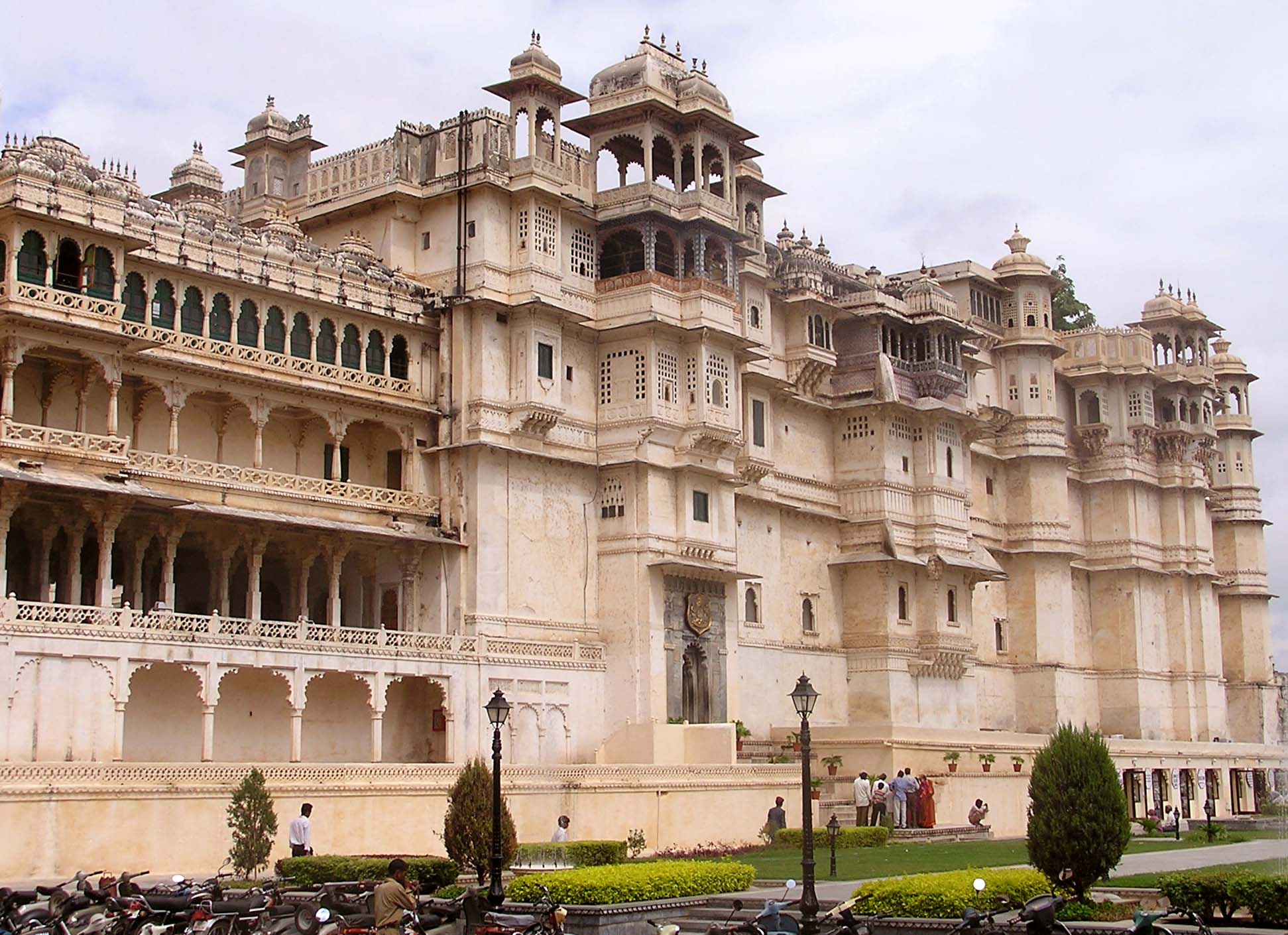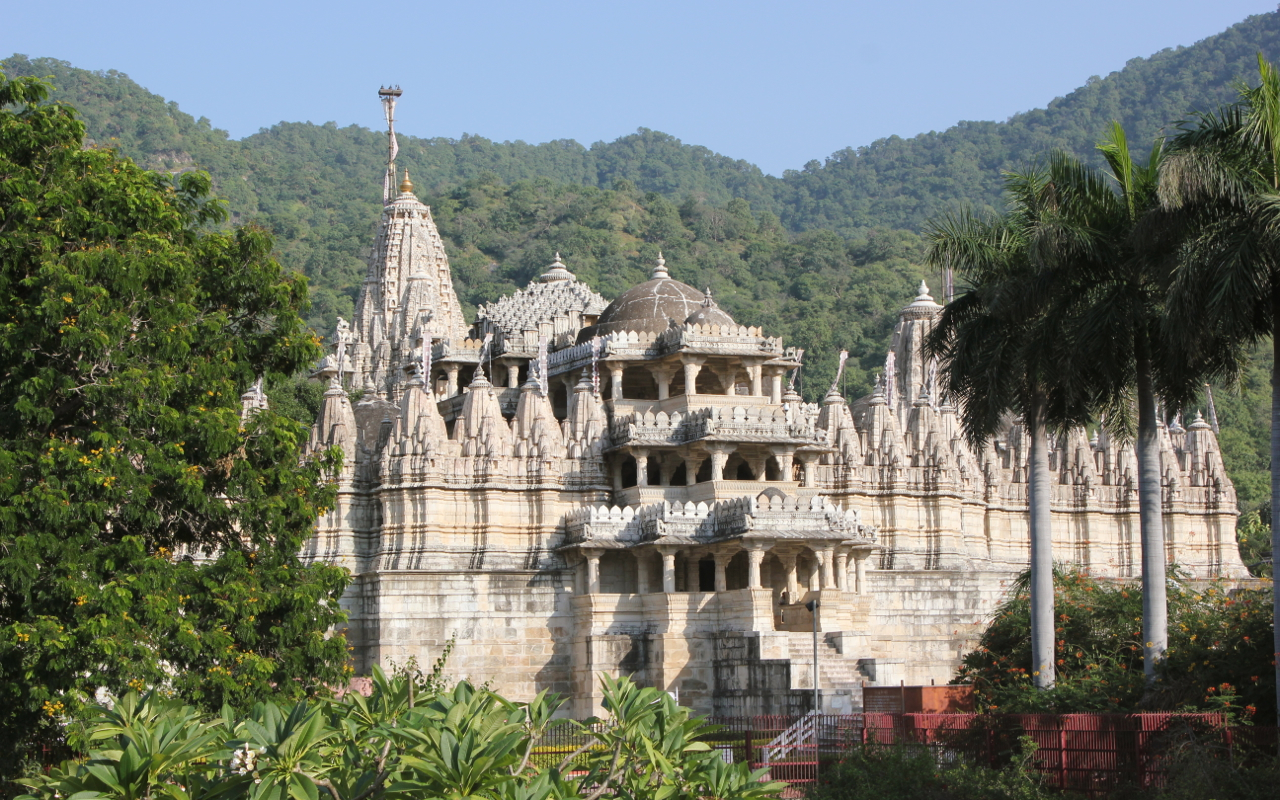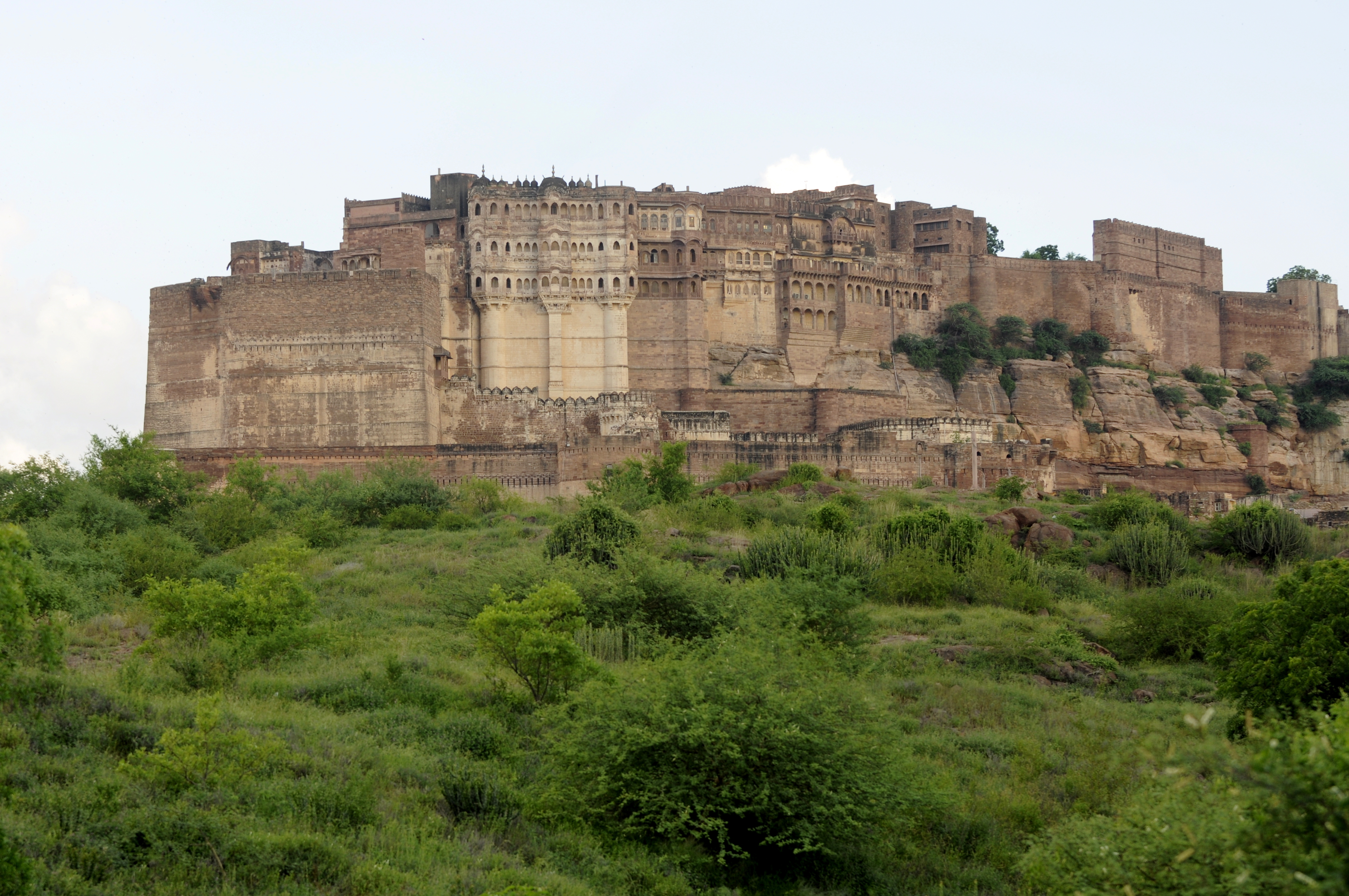The City Palace of Udaipur stands as a magnificent testament to the architectural splendor and royal heritage of Rajasthan. Situated on the eastern banks of Lake Pichola, this impressive complex has served as the seat of the Mewar dynasty for more than four centuries. The palace's origins can be traced to 1559 when Maharana Udai Singh II, seeking refuge from the Mughal invasion of Chittor, established the city of Udaipur. According to legend, a wise hermit guided the Maharana to this strategic location, protected by the Aravalli Hills and embraced by verdant forests, where he would establish his new capital.
The creation of the City Palace complex was an extraordinary architectural endeavor that unfolded over nearly 400 years. While Maharana Udai Singh II laid its foundation, subsequent rulers contributed to its expansion and embellishment, each adding their distinctive architectural elements. This organic evolution resulted in a remarkable fusion of Rajasthani Rajput architecture with Mughal and European influences. The builders' choice of local materials, including marble, granite, and sandstone, not only showcased the region's natural resources but also highlighted the exceptional craftsmanship of local artisans.
The palace complex is an intricate network of interconnected buildings, courtyards, and gardens, with its main facade extending an impressive 244 meters in length and rising 30.4 meters high. The architecture masterfully balances defensive requirements with aesthetic beauty, featuring massive walls and strategic gateways known as 'pols' for security, while incorporating elaborate carved balconies, arched windows, and domed cupolas for visual appeal. The complex encompasses eleven smaller palaces, each constructed during different periods and reflecting the architectural preferences of its time.
The palace's ornamentation is particularly noteworthy for its exceptional artistry and attention to detail. The interiors feature elaborate mirror work, marble inlays, wall paintings, and colored glass windows that showcase the refined aesthetic sensibilities of the Mewar rulers. The Mor Chowk, or Peacock Courtyard, is celebrated for its stunning mosaic peacocks embedded in the walls, while the Sheesh Mahal, or Palace of Mirrors, creates an enchanting spectacle with its mirror-covered walls and ceilings that produce mesmerizing light effects. These artistic elements serve as a visual chronicle of the region's cultural heritage and the sophisticated tastes of its rulers.
Throughout its history, the City Palace has been central to the political and cultural life of Rajasthan. The palace's Durbar Hall, adorned with magnificent chandeliers and portraits of former rulers, was the venue for crucial state decisions and diplomatic receptions. The complex also includes the Jagdish Temple, constructed in 1651, which continues to be an active religious center, seamlessly integrating spiritual life with royal residence. The palace has witnessed countless historical events, royal ceremonies, and cultural gatherings that have shaped the region's history.
The palace complex has successfully adapted to modern times while preserving its historical significance. In the early 20th century, Maharana Fateh Singh expanded the complex by adding the Fateh Prakash Palace and Shiv Niwas Palace, which have been transformed into luxury heritage hotels, offering visitors an authentic experience of royal living. A significant portion of the palace now functions as a museum, housing an impressive collection of artifacts, weapons, miniature paintings, and royal memorabilia. This transformation has been crucial in preserving the palace's heritage while making it accessible to the public as a center for cultural education and tourism.
Today, the City Palace remains an integral part of Udaipur's cultural landscape, hosting various festivals and events throughout the year, including the Mewar Festival and the Shilpgram Crafts Fair. The royal family continues to reside in a section of the palace and actively participates in its management and conservation. Their efforts, in conjunction with the Maharana of Mewar Charitable Foundation, have been instrumental in maintaining the palace's historical integrity while adapting it to contemporary needs.
The City Palace of Udaipur transcends its role as a tourist destination, functioning as a living museum that preserves and celebrates Rajasthan's royal heritage. Visitors can explore its winding corridors, enjoy panoramic views from its terraces, and immerse themselves in centuries of history, art, and culture. The palace's enduring appeal lies in its ability to transport visitors to a bygone era while serving as a bridge between Udaipur's illustrious past and its dynamic present. Each stone, painting, and architectural detail tells a story of power, artistry, and cultural evolution, making it an invaluable treasure of Indian heritage.








